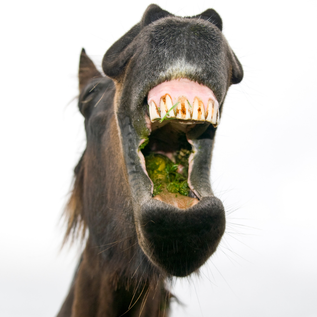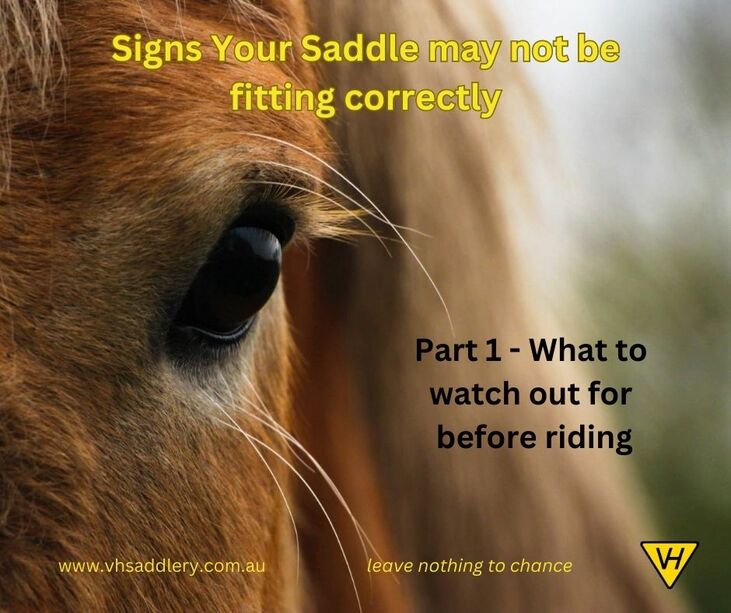|
Believe it or not, you can often tell a horse with a sore back from how they stand in the paddock!
Look at your horse’s posture, not just when you have them tied up but how are they standing in the paddock when you go to bring them in. Are they square? Are their hindlegs out behind them or too far underneath them? Or perhaps their front legs are stretched out in front of them? Is their back hollow and tummy sagging down? All these pieces of information may alert you to something not being quite right before it is an actual problem. Stand back and look at their topline. Is it developing as you would like or are there areas that still need developing? Are there areas that have dropped off? Important areas are anywhere along the spine and particularly where the saddle sits. Atrophy (muscle wastage) in this area points to pressure and needs to be addressed ASAP. A good idea is to take a photo of your horse standing square monthly so you can notice any differences. At the same time, it would be a great idea to take pics of their feet from the front and the side. It is amazing how much these can change over time. Then when you groom your horse, you should check for any soreness. Does your horse react to the curry comb or the brush? Are there any swellings, white hairs or rub marks anywhere on his/her saddle platform area? All of these indicate there has been or currently is a problem with the saddle fit. Look at your horse as if you have not seen your horse before. This may sound crazy but so often riders will say “but it is always like that” or “that’s normal for this horse”. Just because it may have been like that for a long time doesn’t mean that it is by any way “normal”, nor that it cannot be improved upon surprisingly easily and with great results. Finally, notice any behavioural changes in your horse. Horses are great communicators but we are not always great at listening or picking up the signs. Some horses will become more nervous when in pain, others very subdued and some can become aggressive – either to other horses or to humans. This is totally understandable as they may be protecting themselves when in pain and not be so keen to interact with their friends or may associate humans with being ridden and therefore being put through pain. More behavioural signs associated with saddle-induced back pain will be discussed in part 2 of this series – “What to watch out for under saddle.” Until then, have fun being a detective and searching for clues that your saddle may not be fitting correctly. Hopefully you won’t find any but if you do, don’t worry! Seek help and you and your horse should be back on track in no time at all!
0 Comments
Leave a Reply. |
AuthorDr Victoria Hamilton is an icon in the Western Australian Equestrian Community, with a wealth of experience as a veterinarian, coach, breeder and international dressage competitor. As one of Australia’s top dressage riders, her love of horses is contagious and apparent in everything she does. Archives
February 2024
CategoriesFollow Us |
Photo from Sean MacEntee



 RSS Feed
RSS Feed